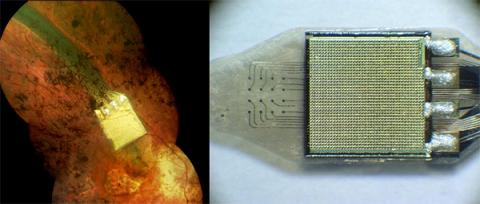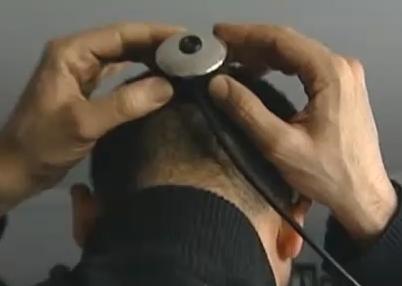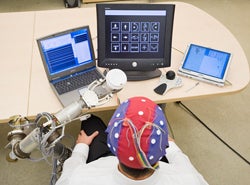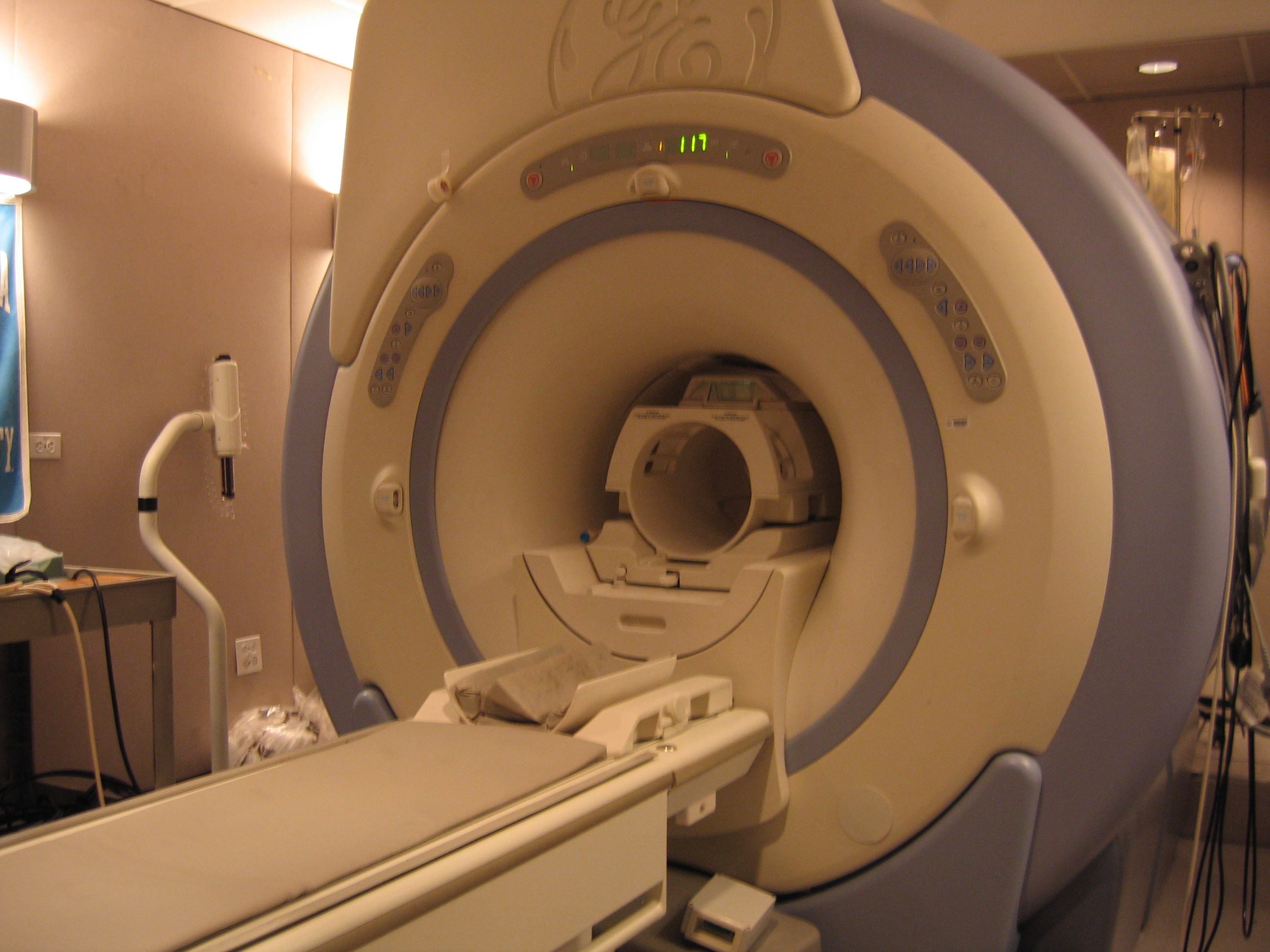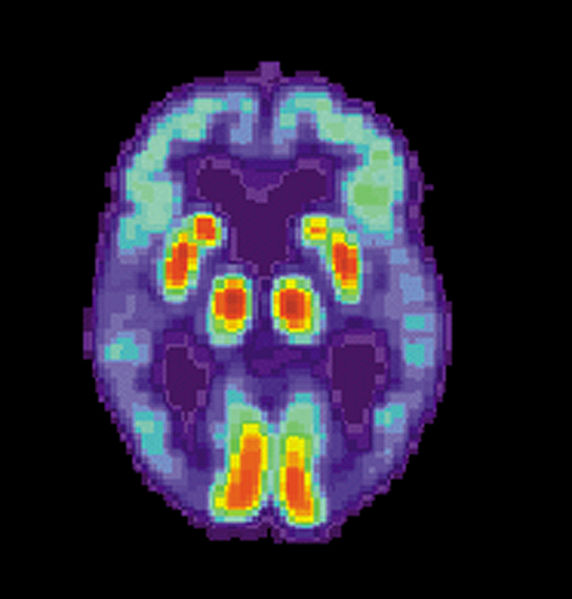
Want to protect against the effects of Alzheimer's? Learn another language. That's the takeaway from recent brain research, which shows that bilingual people's brains function better and for longer after developing the disease.
Psychologist Ellen Bialystok and her colleagues at York University in Toronto recently tested about 450 patients who had been diagnosed with Alzheimer's. Half of these patients were bilingual, and half spoke only one language.
While all the patients had similar levels of cognitive impairment, the researchers found that those who were bilingual had been diagnosed with Alzheimer's about four years later, on average, than those who spoke just one language. And the bilingual people reported their symptoms had begun about five years later than those who spoke only one language.
Read more: Learning a Second Language Protects Against Alzheimer's | Boost Memory | Bilingualism | LiveScience








